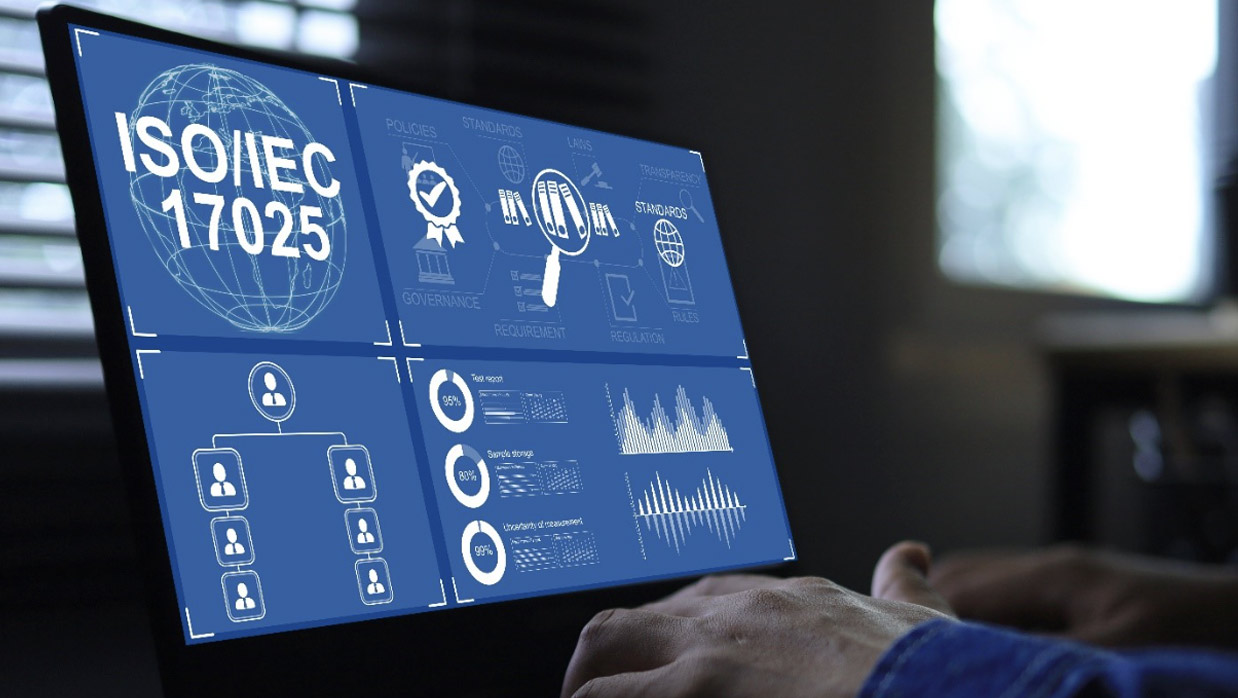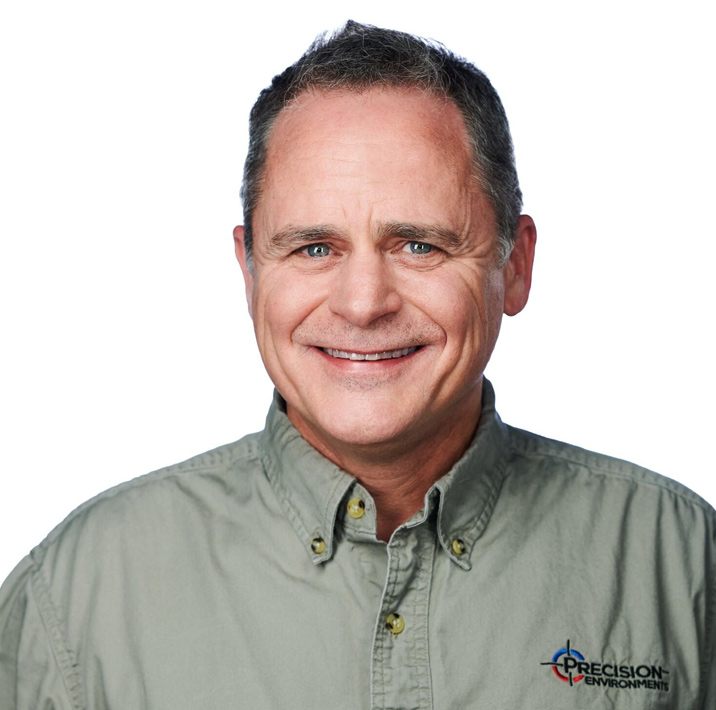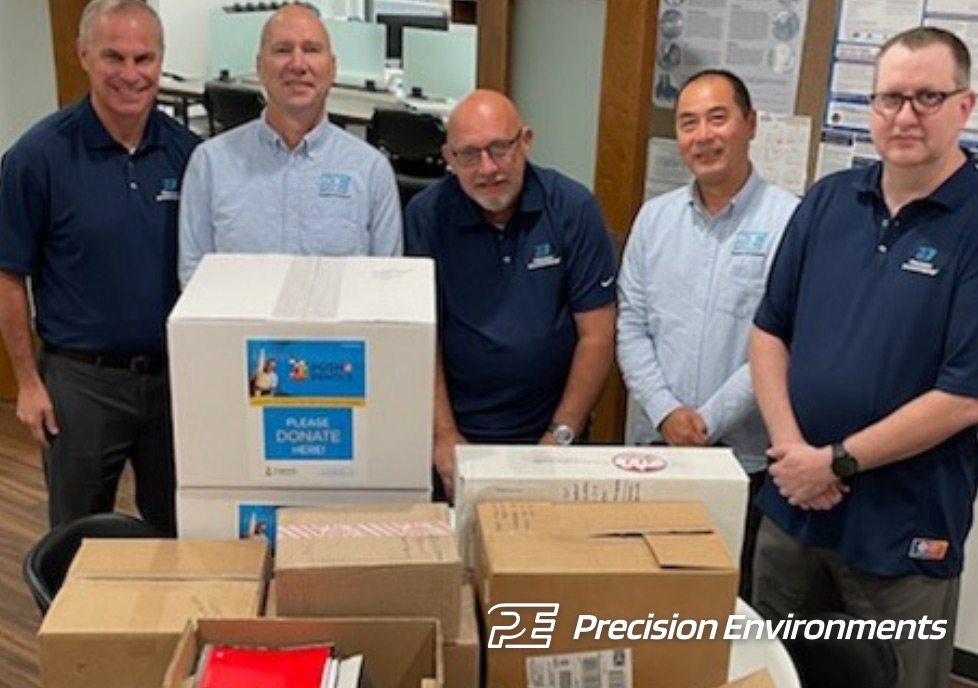How Often Should I Certify My Cleanroom to ISO Standards?

Cleanroom Certification to ISO Standards
The frequency of cleanroom certification to ISO standards depends on several factors, including the industry regulations, the specific ISO standard being followed, the classification of the cleanroom, and the activities carried out within the cleanroom. Typically, cleanroom certifications are conducted on an annual basis or after significant changes, such as construction or equipment upgrades, to ensure the cleanrooms continue to meet their specified classifications.
Here are some general guidelines for certifying cleanrooms in compliance to ISO standards:
- ISO Cleanroom Classification: ISO 14644-1 is the international standard for cleanroom classification based on airborne particle concentration. It defines cleanroom classes ranging from ISO 1 (highest cleanliness) to ISO 9 (lowest cleanliness). The higher the class, the stricter the requirements for particle cleanliness. The classification helps determine the required frequency of cleanroom certification.
- Industry Regulations: Different industries may have specific regulations or guidelines that mandate the frequency of cleanroom certification. For example, in pharmaceutical and semiconductor industries, cleanrooms are regularly audited and certified to meet specific standards.
- Cleanroom Usage: The activities performed within the cleanroom can also influence the certification frequency. If the cleanroom is used for critical processes or the production of sensitive products, more frequent certifications may be necessary to ensure product quality and safety.
- Historical Performance: The cleanroom’s historical performance in previous certifications may also be taken into consideration. If the cleanroom has consistently met the required standards, the certification frequency may be adjusted accordingly.
- Risk Assessment: Performing a risk assessment can help determine the appropriate certification frequency. Factors such as the potential impact of contamination on products, the criticality of processes, and customer requirements should be considered in the risk assessment.
- Changes or Upgrades: If there have been significant changes or upgrades to the cleanroom facility, equipment, or processes, it is essential to conduct certification after these modifications to ensure compliance with ISO standards.
As a general guideline, Precision Environments recommends that our clients certify their cleanrooms annually. For cleanrooms with higher classification requirements (e.g., ISO 5 or ISO 6), more frequent certifications are often necessary. However, it is best to refer to the specific ISO standard, industry guidelines, and any applicable regulatory requirements to determine the ideal certification frequency for your cleanroom. Regular certification ensures that the cleanroom maintains the required level of cleanliness and helps identify and address any potential issues promptly.
Cleanrooms can be tested and certified through environmental monitoring systems such as particle counters. These systems measure air quality, temperature, humidity, and other factors to ensure that the cleanroom meets the necessary standards for certification. Additionally, visual inspections may also be conducted to identify any potential areas of concern.
Contact our Cleanroom experts to discuss your cleanroom needs.





